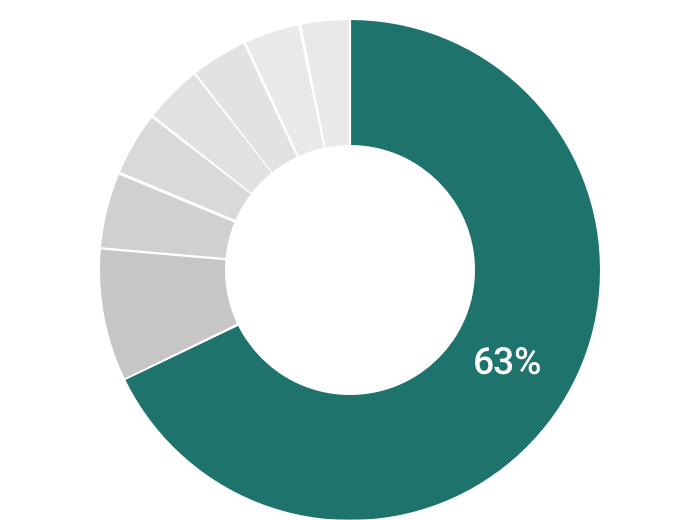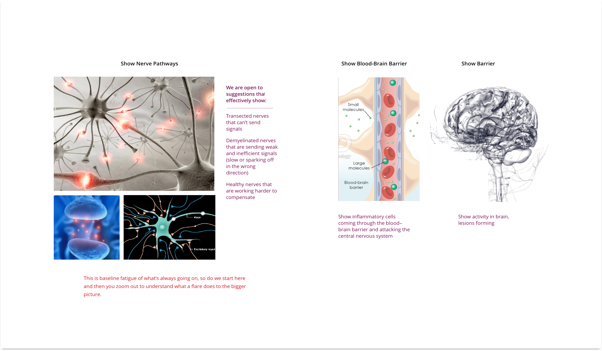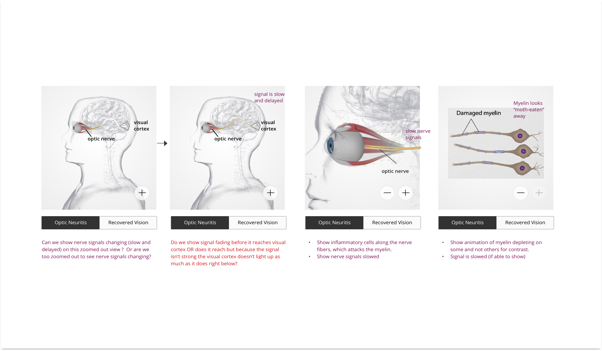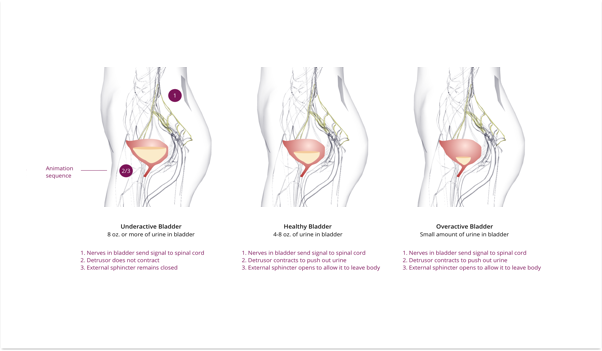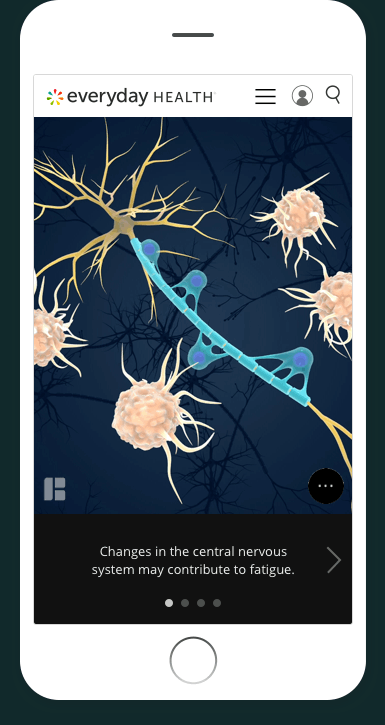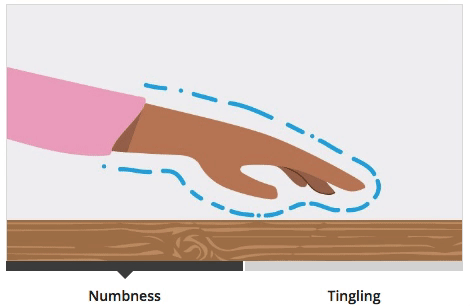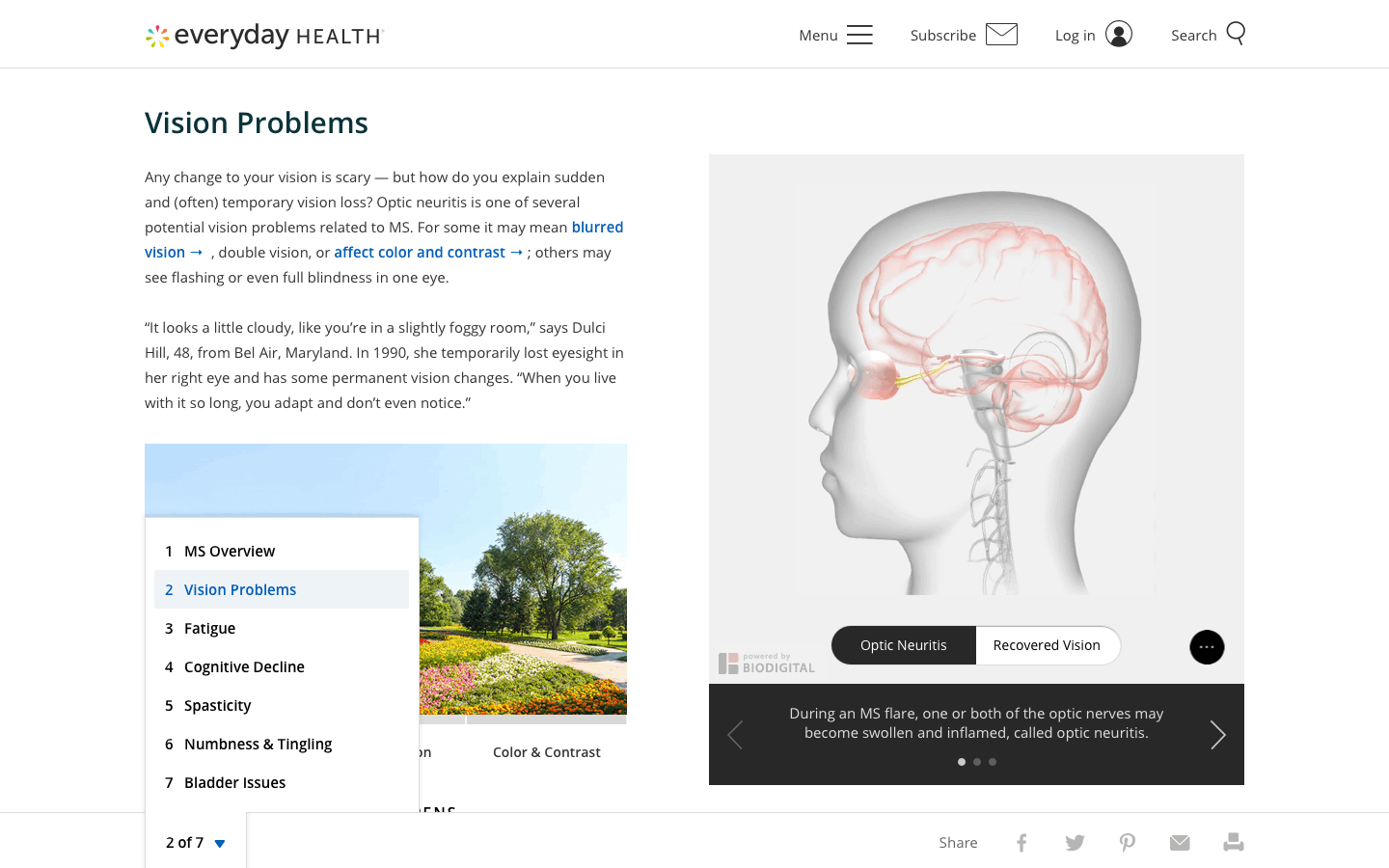Outside|In: Multiple Sclerosis
Bringing to life an immersive 3D visualization tool that breaks down the complexity of MS and how it affects the body
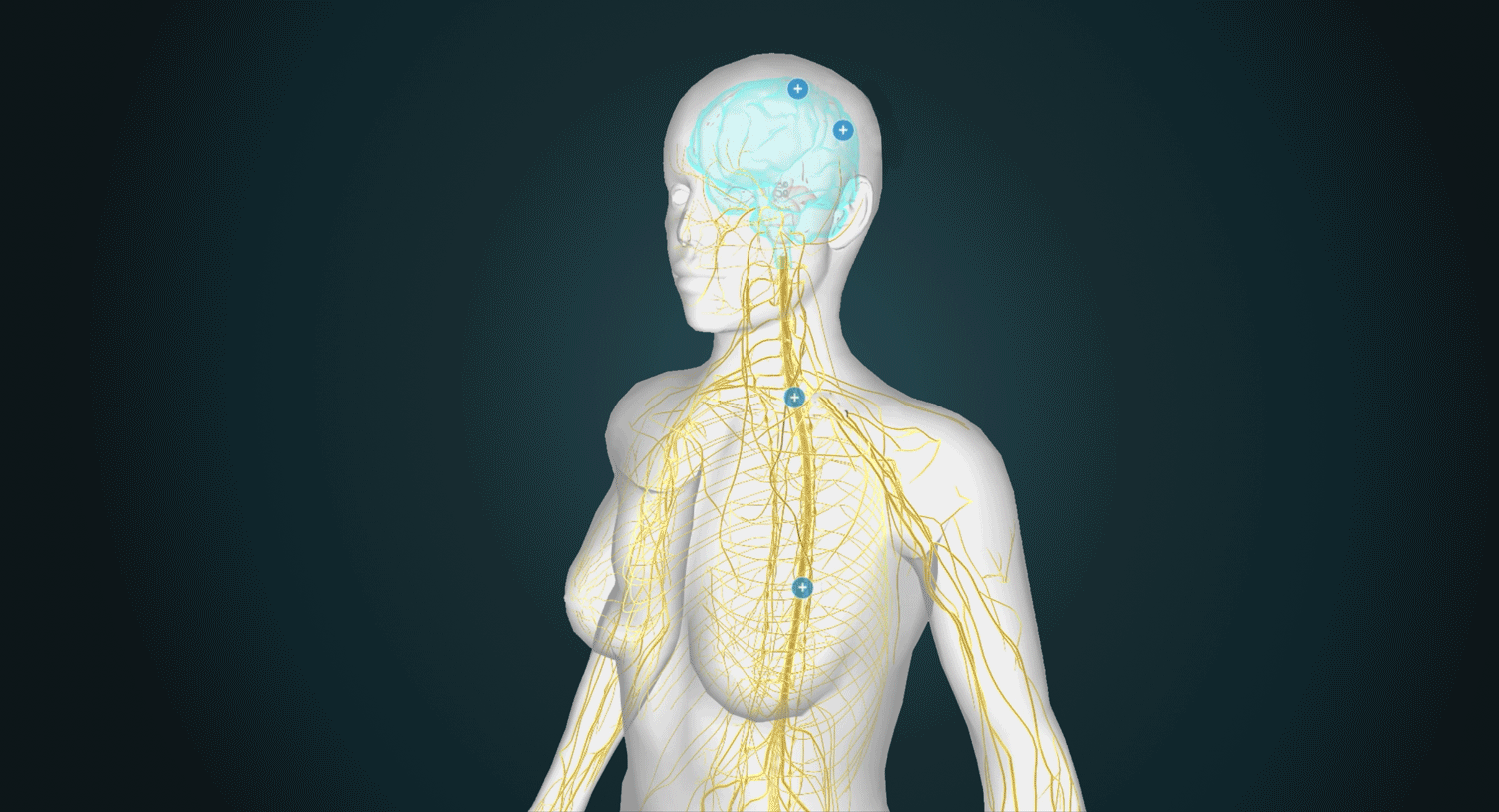
Creative Direction
Concept
UX & UI Design
Interaction Design
3D Storyboarding
User Research
3D Visualization
Responsive Web
2017
Christine Fitts, UX Researcher
Kemar Swaby, UX Designer
Alyssa Etier, Deputy Editor
Katy Merlo, Product Manager
Deepak Gupta, Front End
Jignesh Viras, Tech Lead
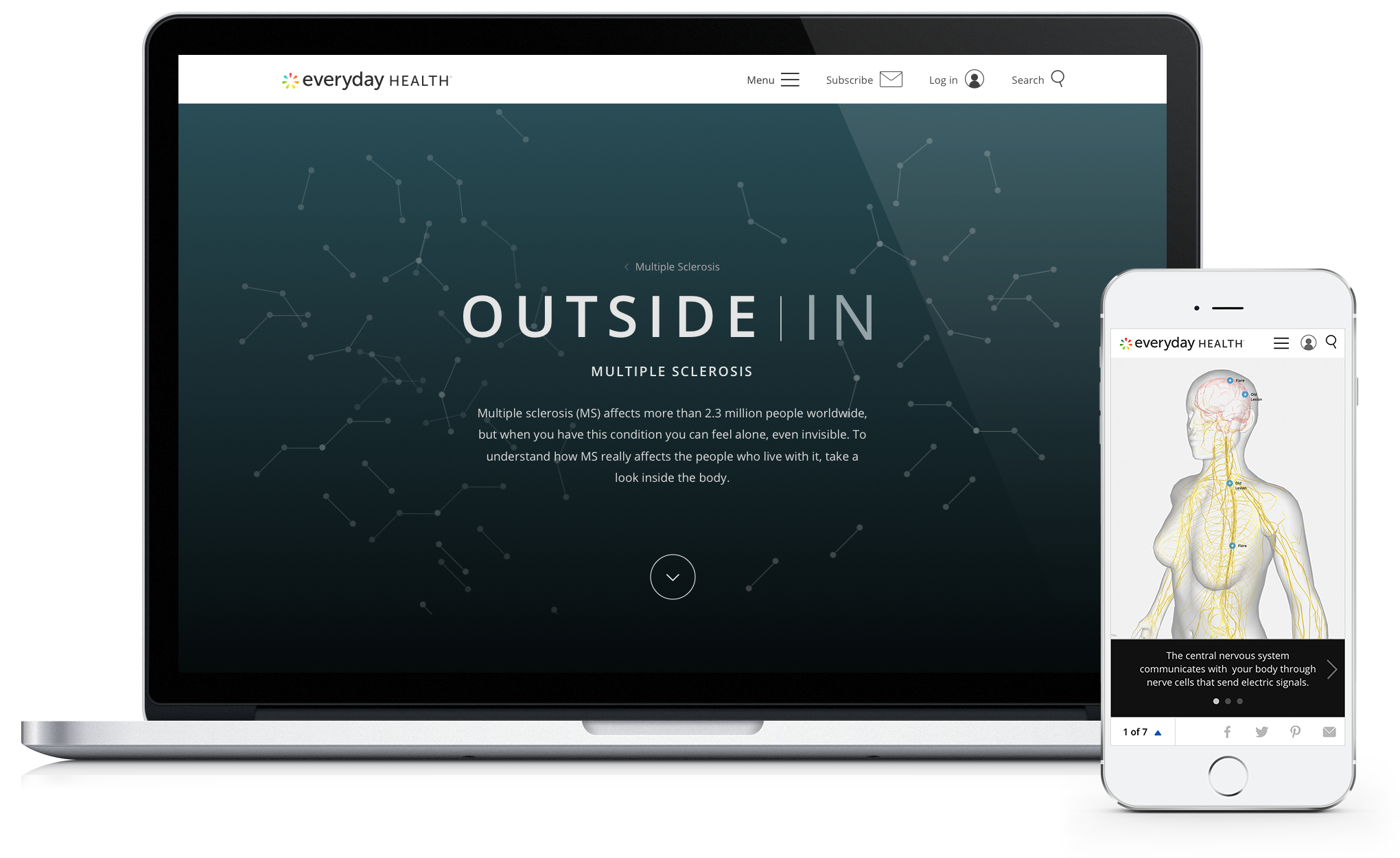
MS Content by Topic
